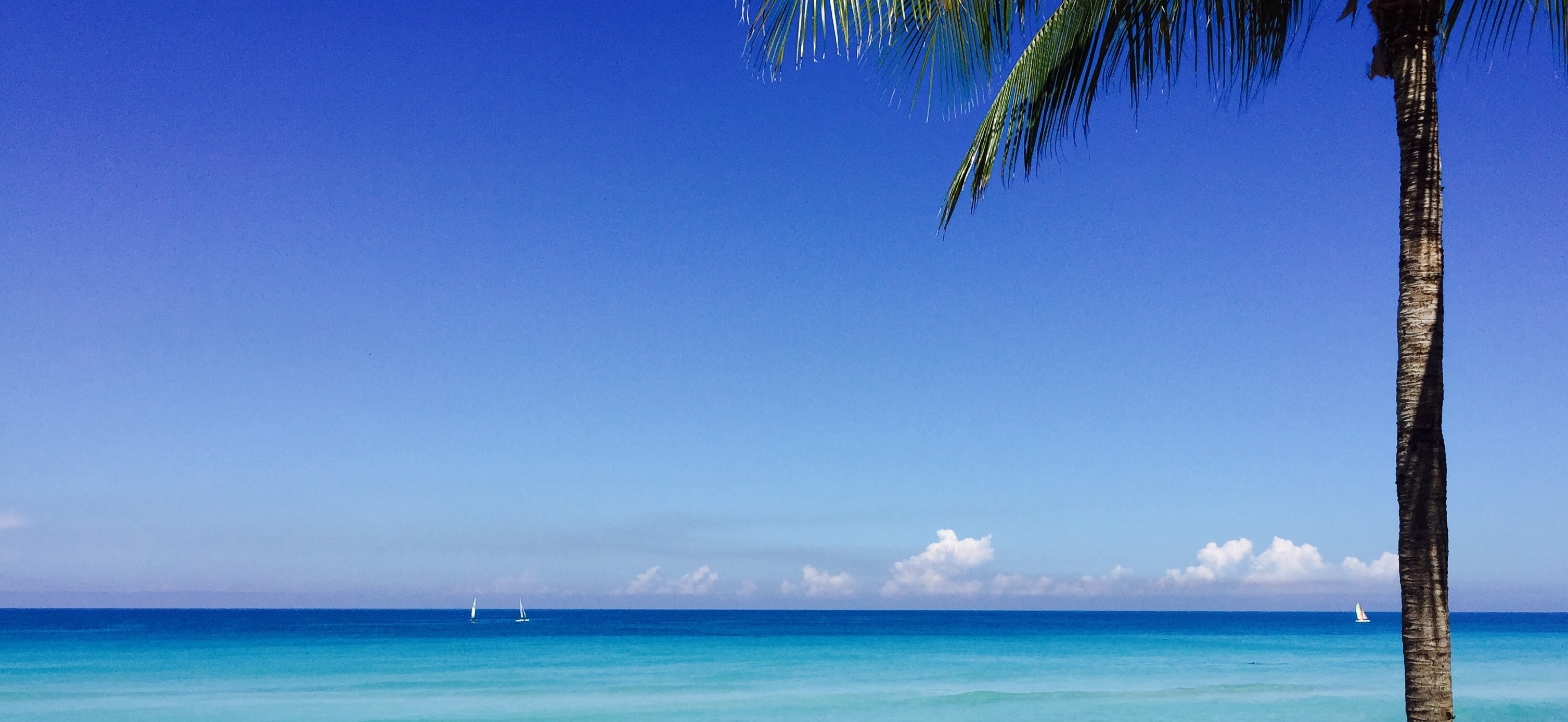On our first full day in La Paz we decided to join a walking tour of the city – something that came highly recommended by various people we met on our travels. Our meeting point for the tour was Plaza San Pedro and after a friendly introduction from our two guides and a quick meet and greet from everyone else, we set off.
Located off the tranquil Plaza San Pedro, we were shocked to learn that some of Bolivia’s most hardened criminals lived only meters away in one of the world’s most corrupt prisons. What makes San Pedro prison so interesting are the conditions in which the 1500 or so prisoners live. A society within itself, the prison contains shops and restaurants run by inmates, women and children living voluntarily within imprisoned family members and, ironically, some of the country’s busiest cocaine laboratories.
One of the most bizarre things is that the prison runs its own economy. Not unlike ‘normal’ society, the more money prisoners have, the better their living situation. Corrupt politicians and drug lords live in luxury cells, while the poorest prisoners live in squalor. Inmates are also responsible for purchasing their own food and health care. A few prisoners are supported by family members, but many have to find jobs within the prison in order to survive.
Our second stop was La Paz’s largest street food market, Mercado Rodriguez. Apparently it is extremely busy from Friday to Sunday and since we were there on a Wednesday it was much calmer.
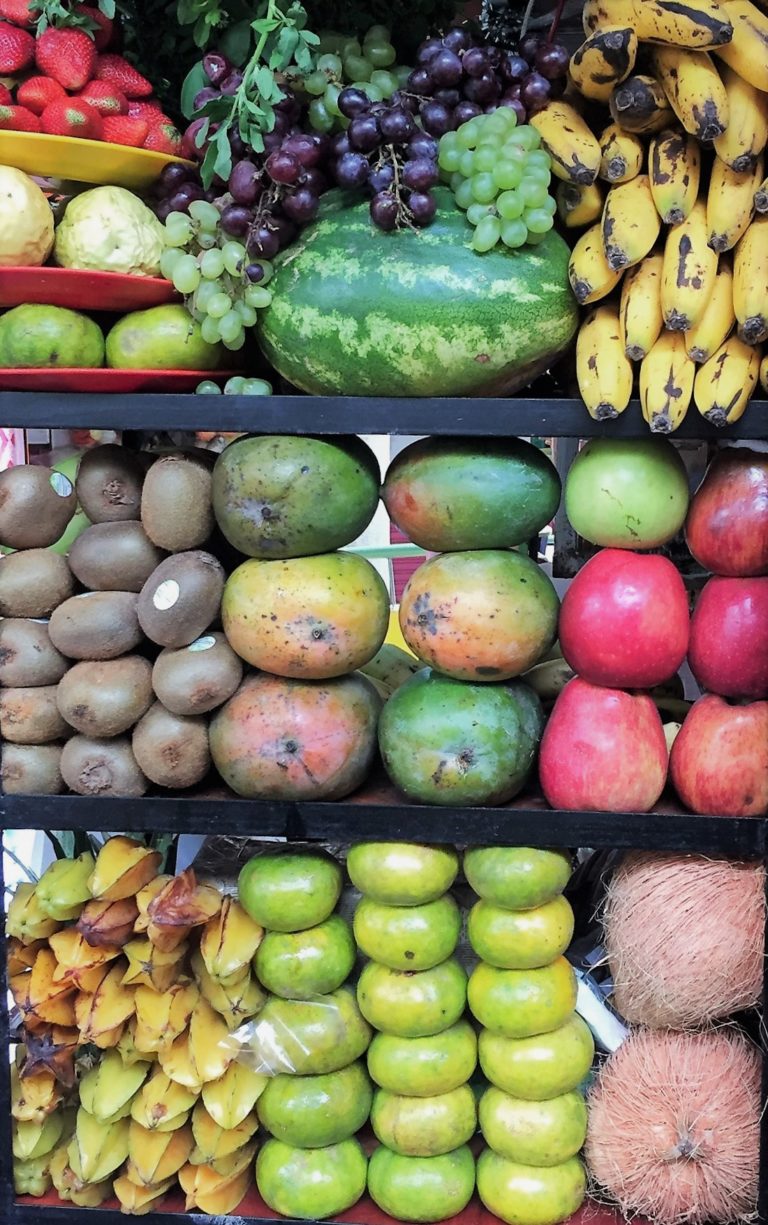
One thing that captured our attention at the markets were the colourful and elaborately designed clothing worn by the local women. Our guides briefly explained to us the history and components of Cholita fashion and its significance to the Bolivian culture.
Around the corner from Rodriguez Market, we were lead to the part of the city where ancient Aymaran beliefs are still practices. In small town Bolivia, witches are often a normal part of everyday life. In modern La Paz though, the city folk need their spells, potions and spiritual advice for various ailments, traditional ceremonies, to heal the sick or seek revenge on a cheating partner.
One of the strangest items was the dried llama fetuses. The witches are not allowed to kill a llama, so all the fetuses died from natural causes – either when the mother died, or due to the cold weather. According to our guide, Bolivian families make a cha’lla (offering) to Pachamama (earth mother) by burying a llama fetus under the foundations of their new homes for protection, health, happiness and good luck.

While the Witch Market is an interesting site for travelers, it is important to remember that this is a very spiritual and sacred place for the indigenous and local people, as they still practice their rituals on a daily basis.
Next we visited one of La Paz’s most important and historical landmarks, the San Francisco Church. The beautifully decorated church was built entirely by indigenous Aymara workers in the middle of the 18th century. The church’s outer walls feature carvings of indigenous symbols, such as snakes, dragons, tropical birds and masked figures. San Francisco church is a focal point of La Paz and therefore prime location for protests, demonstrations and organised events.
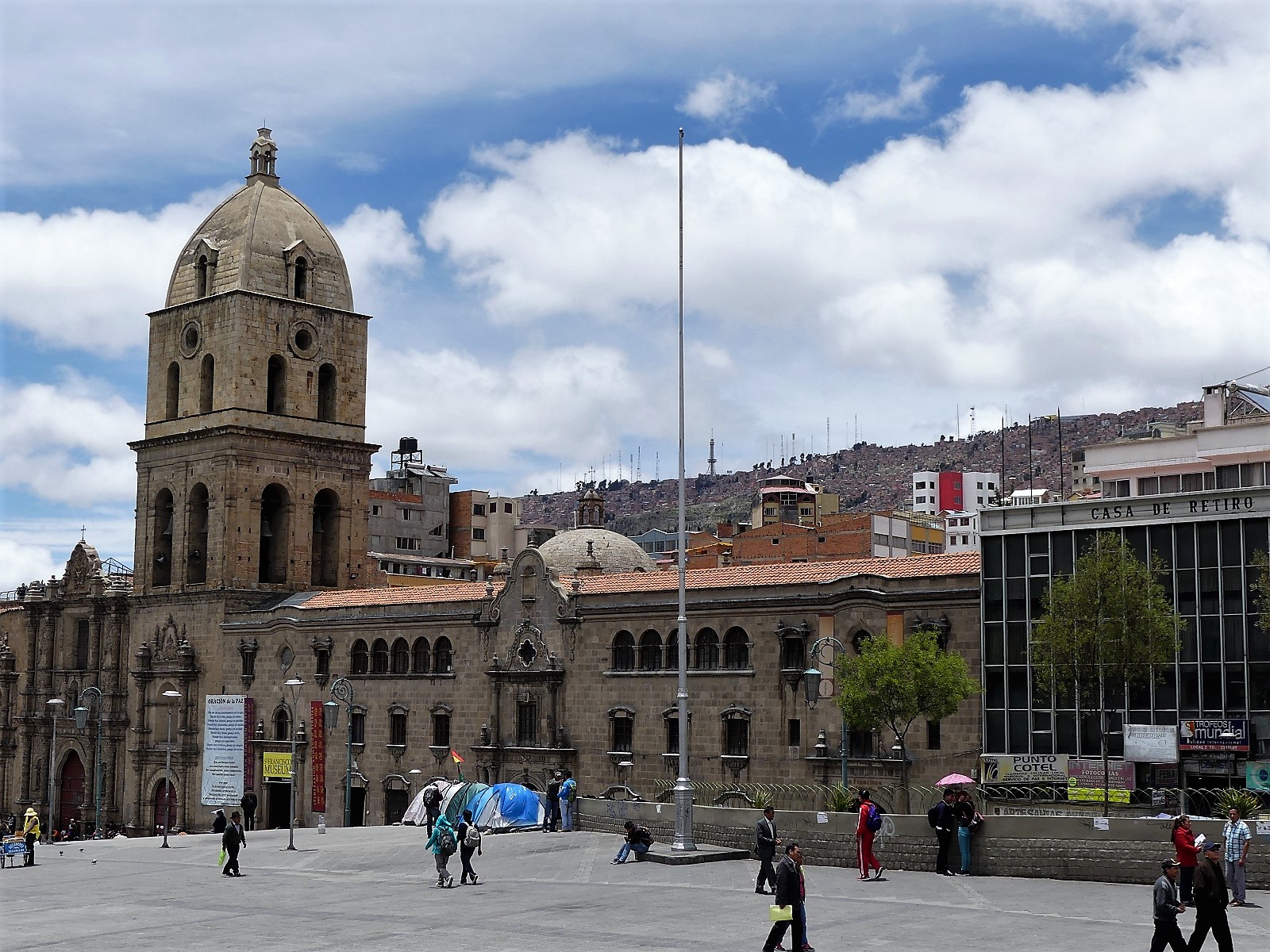
On our way to Plaza Murillo we walked through a passageway housing a variety of hole-in-the-wall restaurants selling traditional Bolivian food and delicious fruit juices. I was definitely going to have one of the fresh fruit juices but Derek was not enticed at all. My mango juice was served in a simple bag with a straw sticking out of it… Bolivian style! It was one of the nicest juices I’ve had.
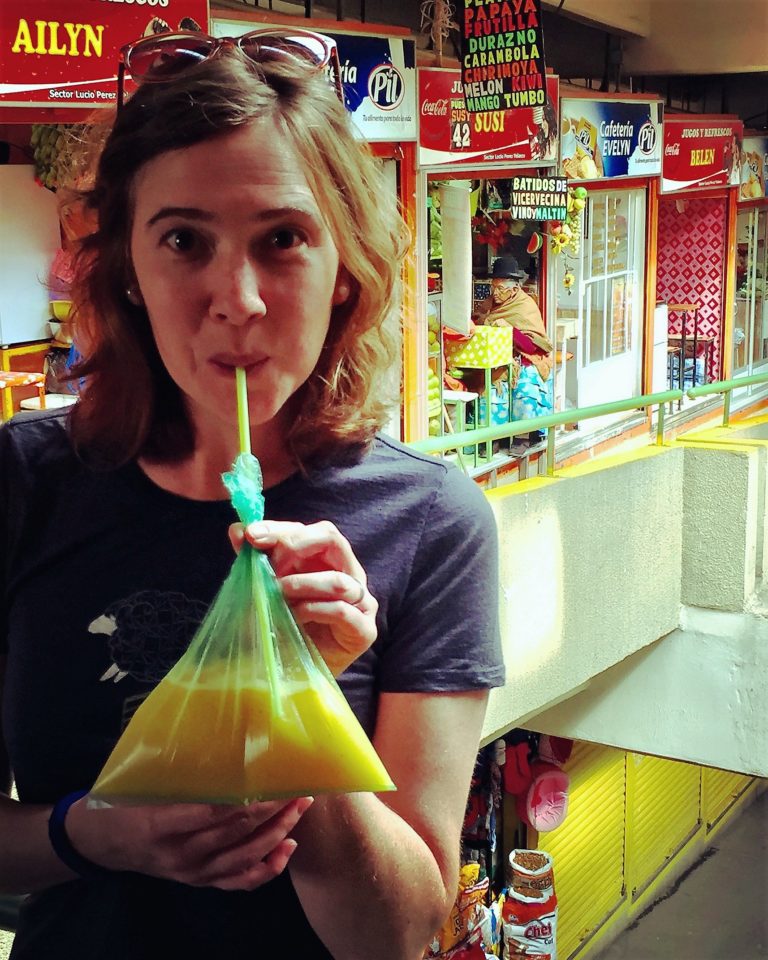
Our last stop of the day was Plaza Murrillo in front of the Presidential Palace and the Cathedral of La Paz. We got a brief history of Bolivian political life and a few examples of the violent protests that occur when the people have revolted. Most notably in 2003 in the same square, there were some violent clashes between the armed forces and the police and you could still see the many bullet holes in the surrounding buildings including the Cathedral, palace and the lampposts outside.
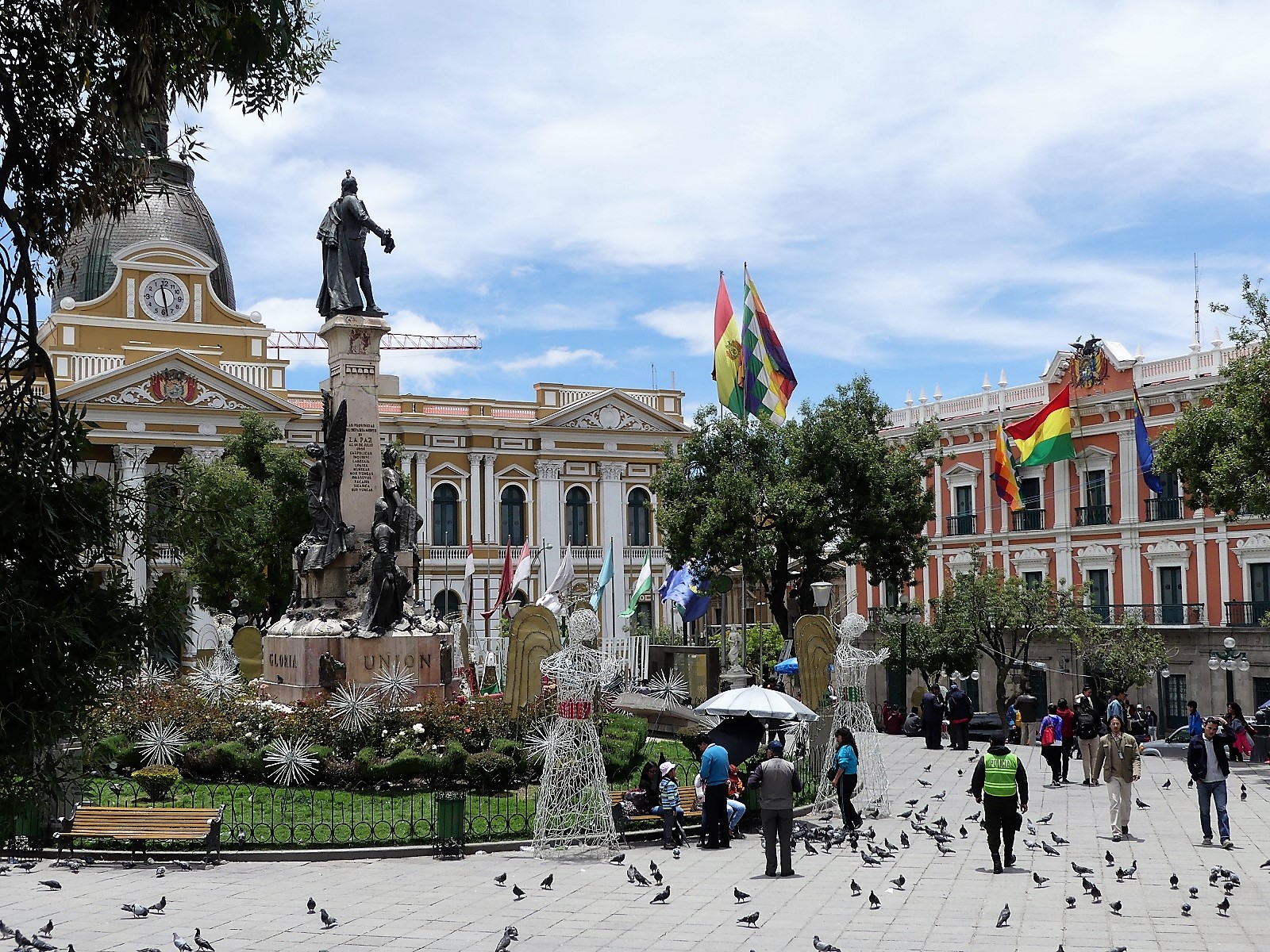
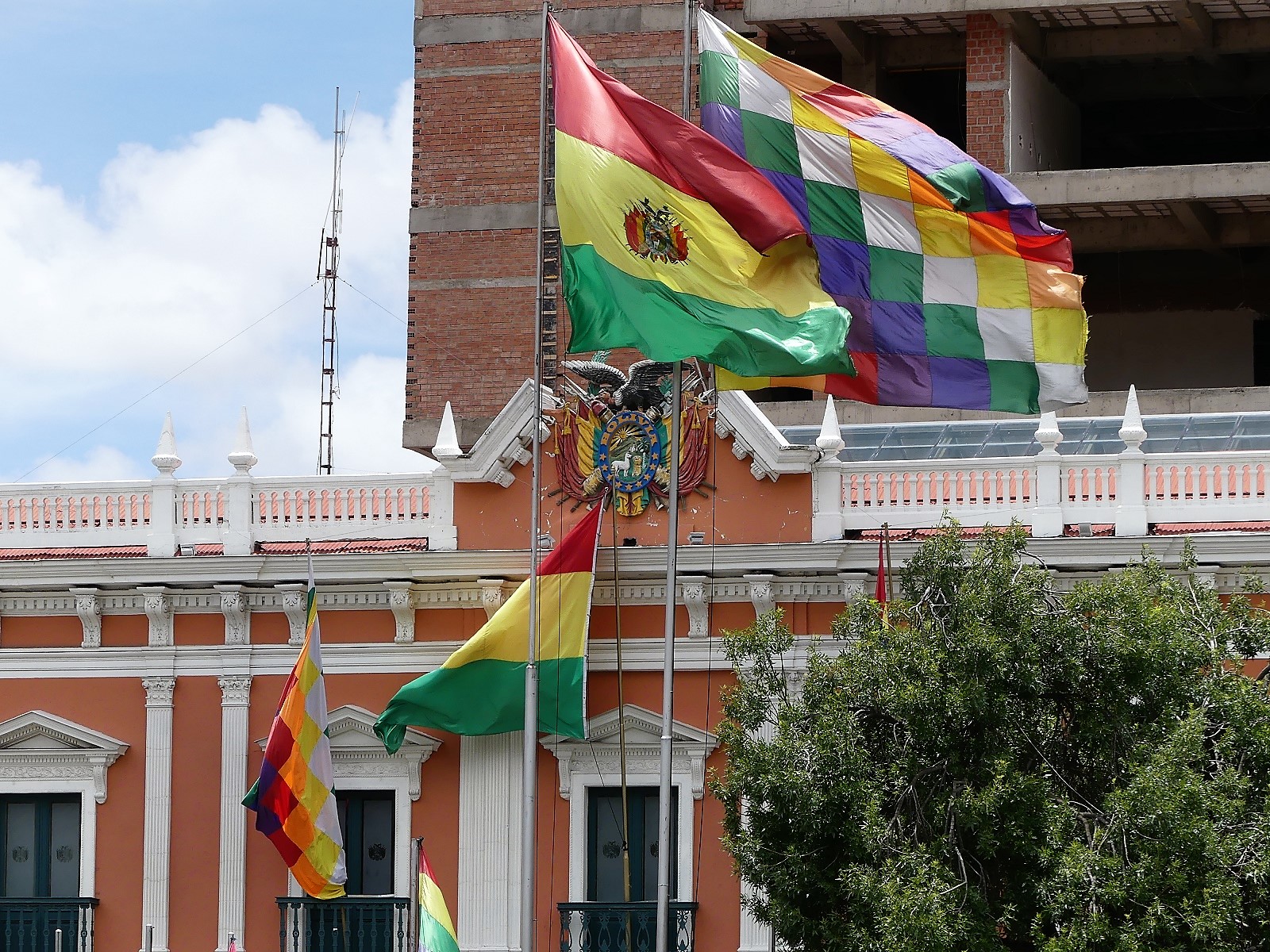
The other curiosity is the clock on the Bolivian Parliament building. It is backwards! Not only are the numbers “anti-clockwise” but the hands run backwards too. The clock is intended to become symbol of the Southern Hemisphere, mirroring the natural motion of the shadow on a sundial, which moves anti-clockwise in much of the Southern Hemisphere. The Bolivians have also done this as a way of showing their distinct Bolivian identity and “southernness”. We thought it looked quite cool!
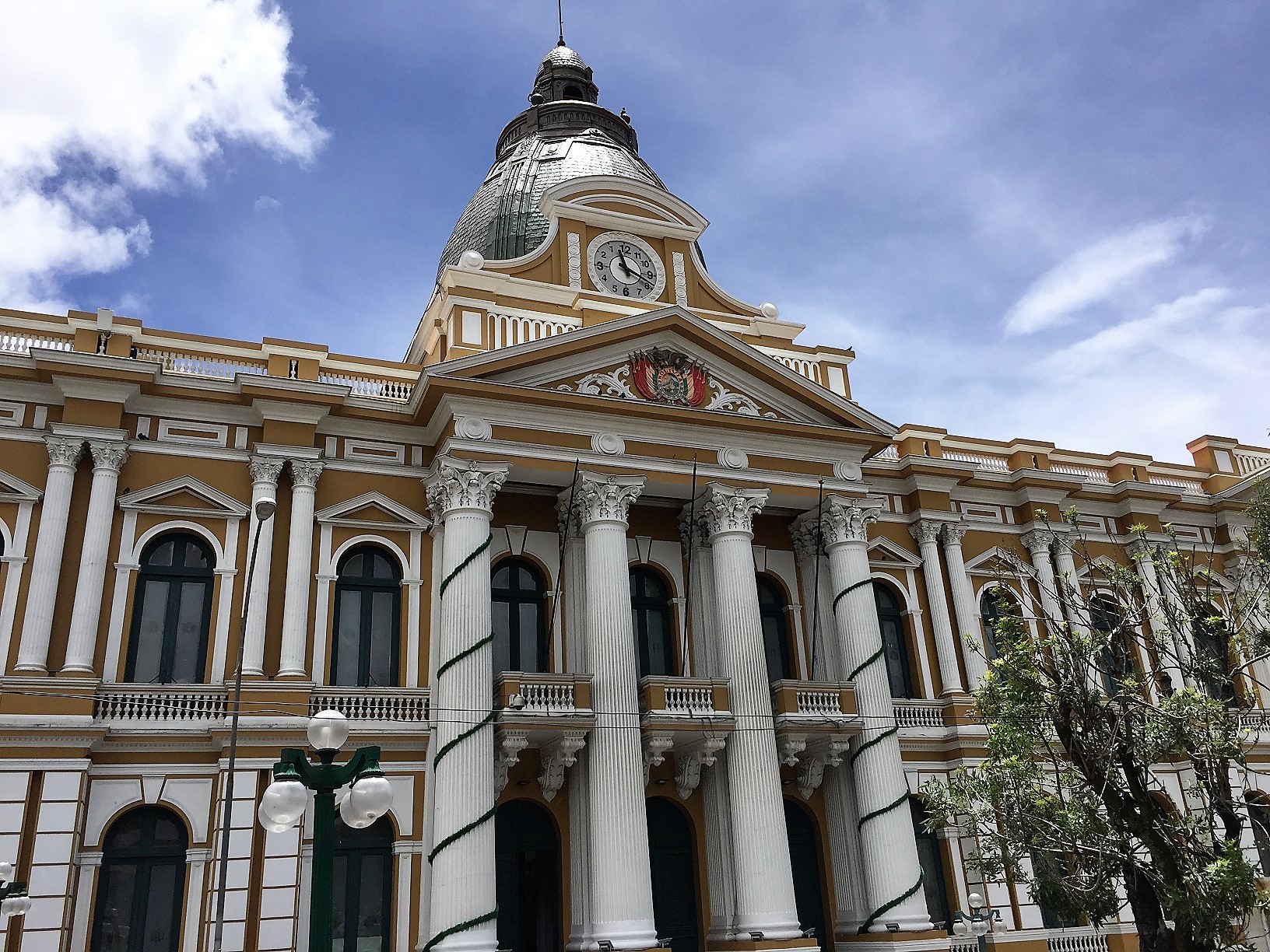
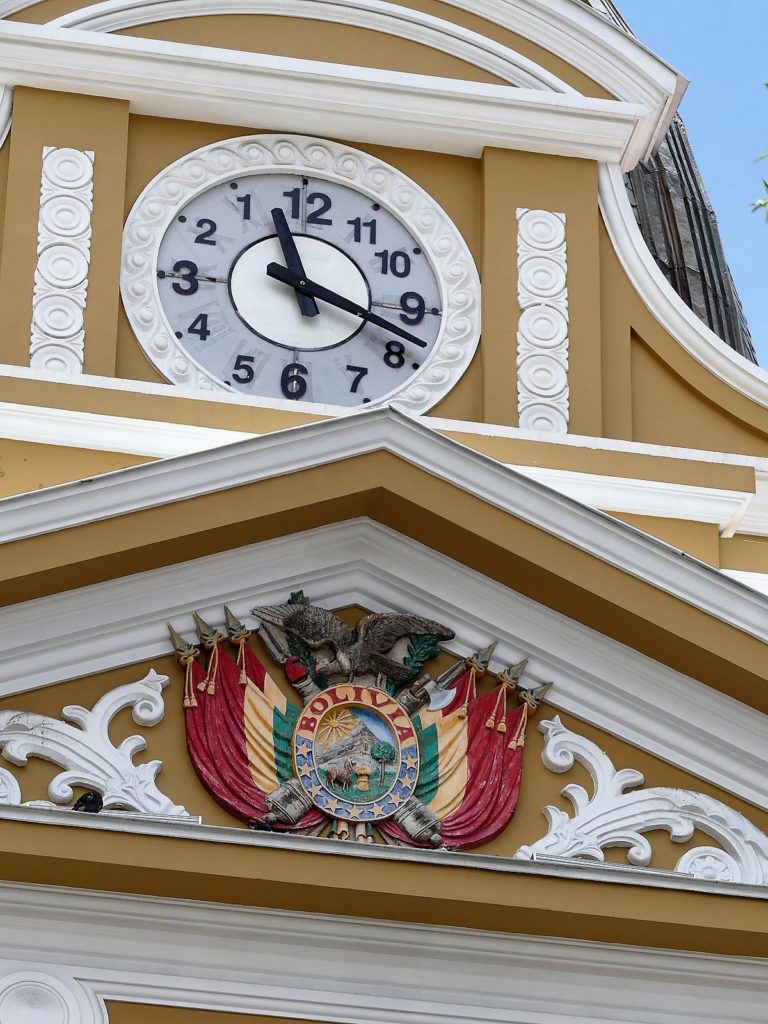
We thoroughly enjoyed the tour and would highly recommend it to anyone visiting the city.
